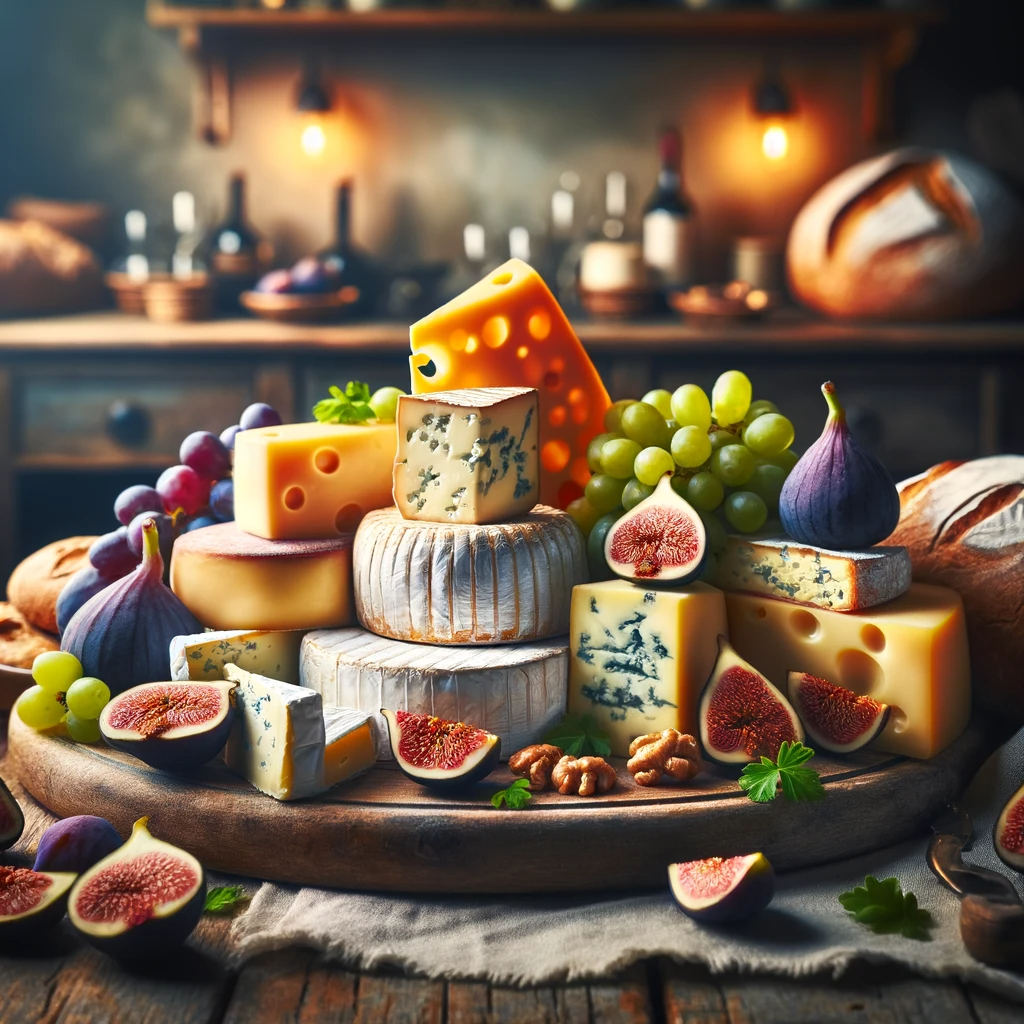Cheese, a beloved dairy product enjoyed worldwide, owes much of its unique flavor and composition to the animal’s diet from which it originates. The relationship between animal diet and cheese quality is a complex and fascinating one, encompassing a wide range of factors that influence not only the ingredients found in cheese but also its ultimate taste. In this article, we will delve into the intricate connection between what animals eat and the cheese they produce, exploring how variations in diet can result in distinctive cheese profiles.
1. Animal Diet and Cheese Ingredients
1.1. Forage-Based Diets
One of the most significant influences on cheese ingredients is the animal’s diet. Dairy animals, such as cows, goats, and sheep, are often raised on forage-based diets. This means they graze on natural pastures and consume a variety of grasses, legumes, and herbs. The nutrients derived from these plants can significantly impact the composition of milk and, consequently, the cheese it produces.
1.2. Grain-Fed Diets
In contrast, animals raised on grain-fed diets receive concentrated feeds like corn and soybeans. This results in milk with a different nutrient profile compared to milk from animals on forage-based diets. The type of grains and supplements used in these diets can vary, leading to subtle variations in cheese composition.
2. Fatty Acid Composition in Milk
2.1. Omega-3 Fatty Acids
The animal’s diet plays a crucial role in determining the fatty acid composition of milk. Forage-based diets are rich in omega-3 fatty acids, which are known for their health benefits. When these fatty acids are present in the milk, they can contribute to a creamier and more flavorful cheese.
2.2. Omega-6 Fatty Acids
On the other hand, grain-fed diets can lead to higher levels of omega-6 fatty acids in milk. While not inherently harmful, an excess of omega-6 fatty acids can result in a less desirable taste in cheese.
3. Aromatic Compounds in Cheese
3.1. Terroir
The concept of terroir, often associated with wine, extends to cheese as well. The environment in which animals graze affects the flavor of cheese. Animals consuming diverse plant species contribute to a diverse terroir, resulting in unique aromatic compounds in the milk, which are later reflected in the cheese’s taste.
3.2. Seasonal Variations
Seasonal changes in animal diet can also impact cheese flavors. The availability of certain plants at different times of the year can lead to variations in milk composition. Spring milk, for example, may have a fresher and more herbaceous flavor than milk produced in the winter.
4. The Role of Microbes
4.1. Microbial Diversity
Microbes play a pivotal role in cheese production, contributing to its flavor and texture. The diet of the animal can indirectly influence the microbial diversity in milk. Forage-based diets often lead to a more diverse microbial population, resulting in more complex cheese flavors.
4.2. Cheese Rind Development
The microbes present on the animal’s skin and in its environment can also influence the development of the cheese rind. These unique microbes contribute to the cheese’s character and can be influenced by the animal’s diet and living conditions.
Conclusion
In conclusion, the impact of animal diet on cheese ingredients and taste is undeniable. Whether animals are raised on forage-based diets or grain-fed diets, the nutrients they consume affect the composition of milk, which in turn shapes the characteristics of the cheese. From fatty acid profiles to aromatic compounds and microbial diversity, the diet of the animal is a fundamental factor that contributes to the diversity and uniqueness of cheese flavors around the world.
Understanding this intricate relationship between animal diet and cheese is not only of interest to cheese connoisseurs but also to producers looking to create distinctive and exceptional cheeses. By recognizing the influence of diet on cheese ingredients and taste, we gain a deeper appreciation for the rich and diverse world of cheese production.
